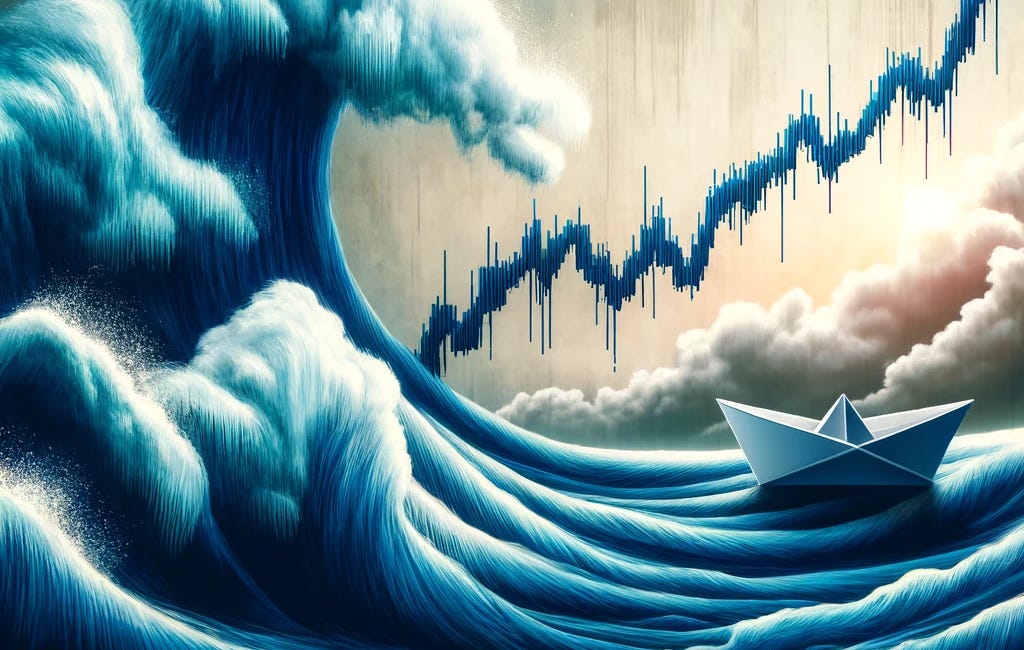The US stock market during the late 1960s was dominated by a group of about fifty big companies. The stocks of these companies seemed like fortresses in an environment where chaos seemed destined to dominate.
These blue chip stocks were considered ultra-safe, with every company a household name. “Blue chips” designated the highest monetary value on the poker table, so the term initially became a way to describe expensive stocks. That is, the individual share price was higher than the average of the market.
Over time, the share prices of companies like Coca-Cola, Disney, McDonald’s, and General Electric kept climbing as more and more investors viewed them as safe investments with steady, reliable management teams in place. As the high price went up, something funny happened: people thought they were better investments.
In fact, this was the opposite of the case. Remember how stocks are shares in a business? One way to measure how expensive a stock might be is to consider how long it will take you to get your money back. The Price-to-Earnings ratio, or just P/E for short, gives you this number, assuming the next several years are just like this one.
Suddenly, in a time of global turmoil, these overpriced shares seemed like the best deal in town. P/E ratios climbed to rare heights. By 1972, McDonald’s had hit a peak of around 75, and the average of all the stocks in the Nifty Fifty was floating between 40 and 60. The S&P 500, meanwhile, languished around a 15-20 P/E ratio.
Clearly, everyone thought the earnings of these companies would see double digits far into the future, so these future earnings would really come through. Unfortunately, trees don’t grow to the sky, and you need to see the forest for what it is: a great place to lose money when things are overpriced.
There were tech innovators in the Nifty Fifty, too: Polaroid and Xerox were tantamount to hot social media companies today, maybe, although it’s not a perfect comparison by any stretch. Polaroid hit a P/E of just over 90 in late 1971. Both companies would completely miss the boat in the areas where they seemed destined to dominate: with Polaroid, it was digital photography, and with Xerox it was slick computing systems.
1973’s stock market crash wiped out anywhere between 50 to 90% of the value of the Nifty Fifty in short order. A share worth $250 last year might now be worth around $50, depending on the specific company, but it wasn’t great for any of the Nifty Fifty stocks.
I watched another version of this story play out around the turn of the millennium. Besides the Y2K scare, we saw a similar mania surrounding tech stocks. The promise of the internet was intoxicating, and I certainly felt that deeply in my bones, but I also wasn’t buying stocks at the time. Instead, I was very slowly building a business and hustling to make money where I could.
Still, I watched as trillions were wiped from the global economy in short order. The dot com bubble wasn’t quite like the Nifty Fifty—there wasn’t so much political turmoil or chaos, for one thing—but the sky-high valuations certainly rhymed.
There are four cautionary words you should always listen out for, especially with regard to investing. I've written a whole article about that advice, and you can read that next if you’d like:
This Time, It's Different
The four most dangerous words in investing are: “this time it's different."
Alternatively, here is a piece on a stock market crash I studied in middle school, with the single biggest drop in history so far:
Crash
I remember learning about stocks for economics class in 1987. This was my first exposure to what a stock was—a fractional share of ownership in the business it represents—and to how important they were to the economy.








Brings home to me how the broader economy changes individual lives dramatically.
Thank God those unpredictable and unstable days are over and today we can rely on the stock market to reliably go up without major swings.